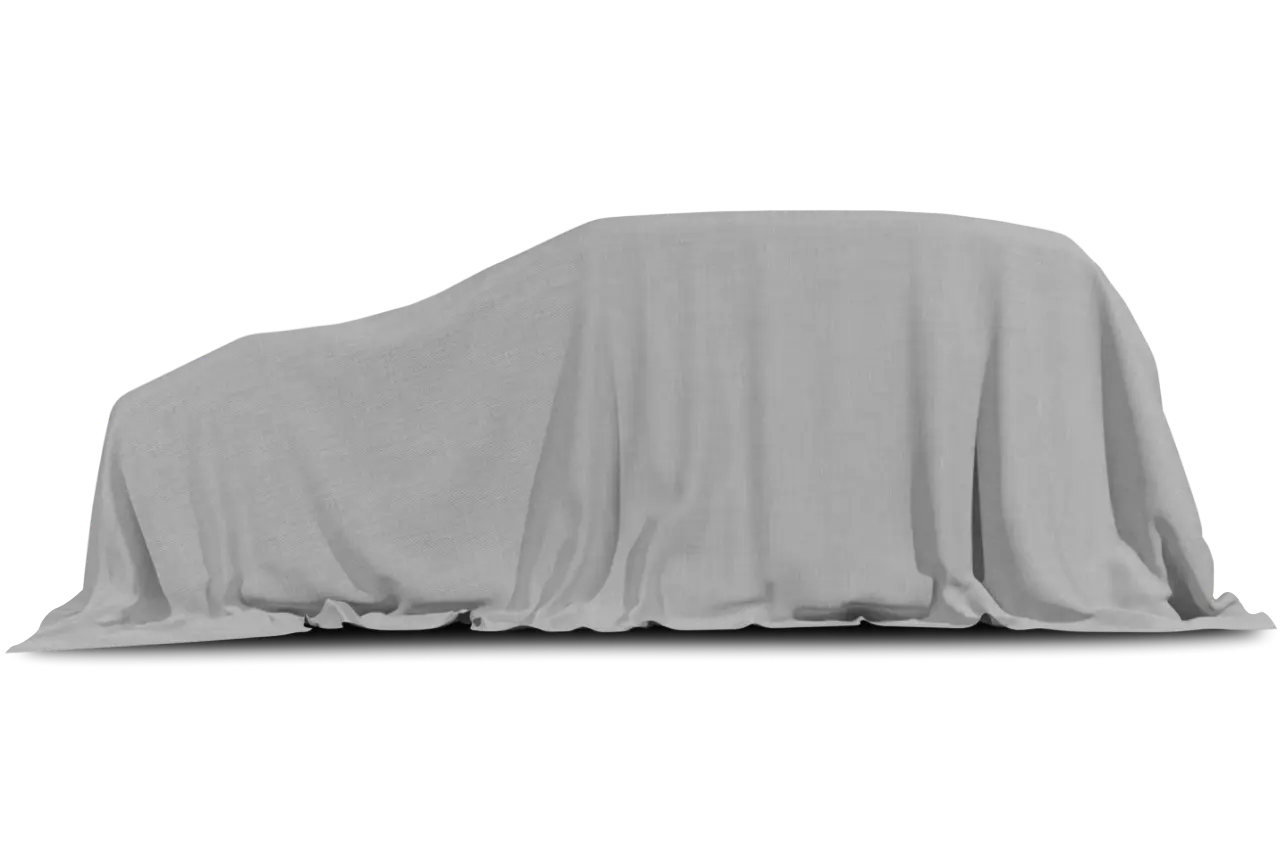
Editor’s note: This review was written in April 2008 about the 2008 Chevrolet Suburban. Little of substance has changed with this year’s model. To see what’s new for 2009, click here, or check out a side-by-side comparison of the two model years.
Do you have more than two children and a need to tow? Then the Chevy Suburban — which was redesigned for 2007 — could be right for you. While the large and in-charge SUV won’t win any fuel-efficiency awards, it does the job it’s intended to do — haul a lot of people and a lot of stuff — very well.
The Right Tool for the Job
I would never encourage someone to buy an expensive, fuel-thirsty vehicle if they didn’t need it. If someone wants to spend money on a luxury vehicle instead of an economy car that’s one thing, but most families live on a budget, and if they can get by with a minivan, a large SUV like the Suburban wouldn’t be right for them.
So who needs one? Anyone who tows a boat, a camper, other cars, etc., and has a large family. If you only have two kids, your towing needs could be met by a shorter full-size SUV, like the Chevy Tahoe. The Tahoe does offer a third row, but there’s much more cargo room behind the Suburban’s third row of seats.
Interior
As you’d expect in an SUV this large, there’s plenty of interior room in the Suburban. Front passengers will enjoy comfortable, wide seats and a straightforward instrument panel.
The second row is a 60/40-split bench, and the third row can be designed to hold two or three passengers. If you routinely shuttle a soccer team, it allows for seven passengers plus the driver, instead of many other SUVs’ six-plus-one setup. A front bench seat is also available, bumping total seating capacity to nine.
The third row does the job, but I was surprised there wasn’t more room back there for such a long vehicle. It felt claustrophobic to me, especially with the bench seat in front of it. Moving the second-row seat forward from the third row was not an easy task and left me feeling even more of a prisoner back there.
Overall, the materials throughout the cabin are all high-quality, and the new look it got in GM’s impressive 2007 redesign still holds up, despite competition from the likes of the Ford Expedition EL.
Performance
With no kids or cargo, my driving was atypical of what most owners will experience. The 320-horsepower, 5.3-liter V-8 engine in the Suburban I tested was really a pleasure with such little weight onboard. It moved the SUV with authority and made it easy to merge into highway traffic or pass in the left lane.
Mileage, of course, is never going to be stellar in an SUV this large and powerful, yet the Suburban is better than others in its class. The 5.3-liter version is rated at 14/20 mpg city/highway with two-wheel drive and 14/19 mpg with four-wheel drive. The two-wheel-drive Expedition rates 12/18 mpg.
I also became a fan of the Suburban’s pleasant ride and decent handling. While it’s no sports car, the Suburban didn’t feel as unwieldy as other large vehicles, and its highway ride was much more comfortable than the Expedition’s, which I recently rode in during a round trip between Chicago and Detroit.
I live in downtown Chicago, and there was no way the Suburban was going to fit in my tandem parking spot off a small alley. That meant I had to parallel park the sucker. Surprisingly, once I found a spot big enough, maneuvering the Suburban wasn’t so bad. Once, I even had to fit it in a space where a fence blocked the passenger side. I can proudly say I didn’t scrape that fence. That feel for the Suburban’s size is an intangible measure of how easy this SUV is to live with, and it’s something that gets lost in long lists of performance specs.
Cargo & Towing
Speaking of performance specs, when properly equipped the two-wheel-drive Suburban with the 5.3-liter V-8 and 4.10 axle ratio can tow up to 8,100 pounds. That’s a lot of weight, but the two-wheel-drive Ford Expedition EL tows 9,000. Make sure you know what you’re towing before buying a large SUV; some large boats are too heavy for any SUV — you’ll need the added towing capacity of a heavy-duty pickup truck.
Cargo volume is where the Suburban really excels. Behind the third row is 45.8 cubic feet of flat-floored storage space. That’s slightly more than the Ford’s 42.6 cubic feet. Luggage volume with the second row folded forward and the third row removed totals 137.4 cubic feet, versus the Ford’s 130.8 cubic feet.
Simply folding the third row down doesn’t create as much space, however, as it doesn’t fold to the same level as the cargo floor. The Expedition’s second and third rows fold flat, making the area more usable than the Suburban’s. To create a flat load floor in the Suburban you have to remove the third-row seats, but those seats are large, rather heavy and have to be stored when removed.
Safety
While stability control and traction control are both standard on all Suburbans, buyers won’t find side-impact airbags listed even as an option for front passengers. They’re standard in the Expedition. The Suburban does have side curtain airbags for all three rows.
As of publication, the Suburban had not been crash tested by the Insurance Institute for Highway Safety.
Suburban in the Market
In a world where talk of a recession swirls, plunking down nearly $40,000 on a large SUV isn’t the best idea unless you have a good reason to do so. If you do need serious towing capacity on top of simple people- and cargo-hauling abilities, the Suburban is the right tool for the job, and it does it while offering a decent ride and plenty of power. Also make sure to check all current rebates and incentives for the Suburban, as our current economic atmosphere will most likely benefit those in a position to buy a big SUV like this.
| Send David an email |















































